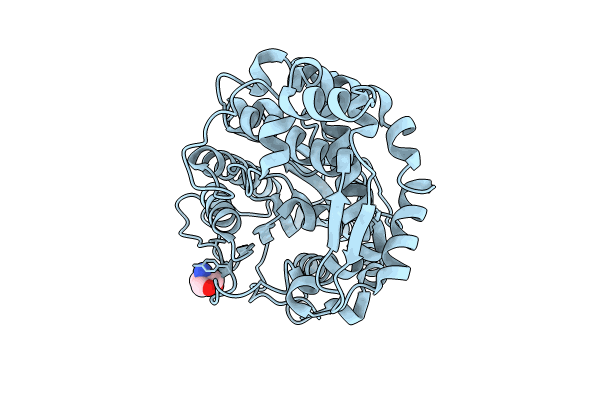
Deposition Date
2023-12-27
Release Date
2024-07-03
Last Version Date
2025-01-15
Method Details:
Experimental Method:
Resolution:
1.90 Å
R-Value Free:
0.20
R-Value Work:
0.15
R-Value Observed:
0.16
Space Group:
P 21 21 21


